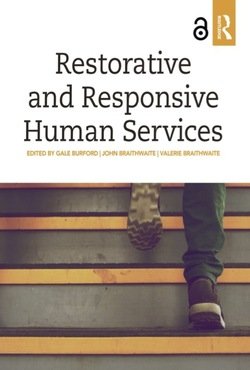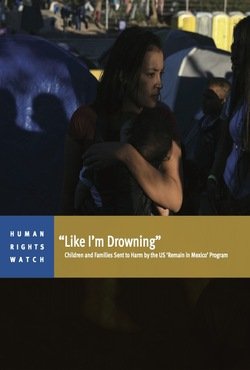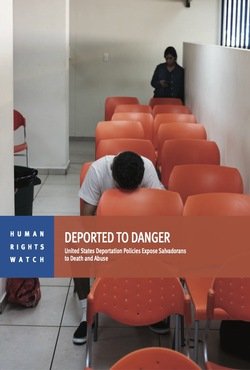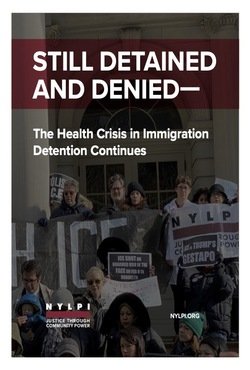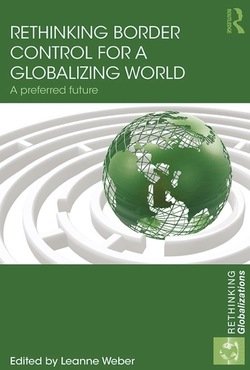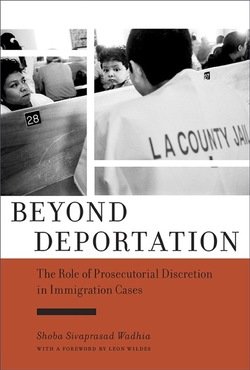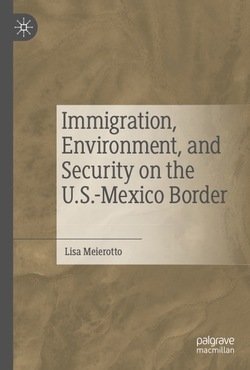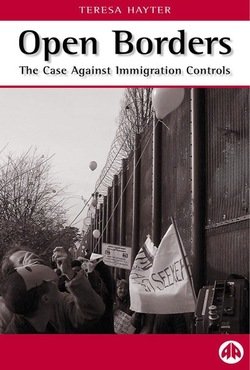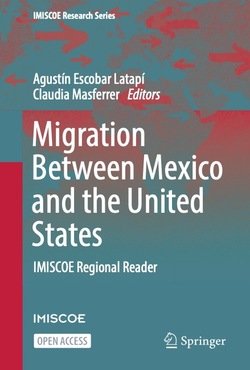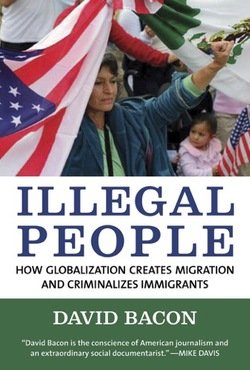Edited by Robert T. Chase
This volume considers the interconnection of racial oppression in the U.S. South and West, presenting thirteen case studies that explore the ways in which citizens and migrants alike have been caged, detained, deported, and incarcerated, and what these practices tell us about state building, converging and coercive legal powers, and national sovereignty. As these studies depict the institutional development and state scaffolding of overlapping carceral regimes, they also consider how prisoners and immigrants resisted such oppression and violence by drawing on the transnational politics of human rights and liberation, transcending the isolation of incarceration, detention, deportation and the boundaries of domestic law.
Durham, NC: University of North Carolina Press, 2019. 440p.


